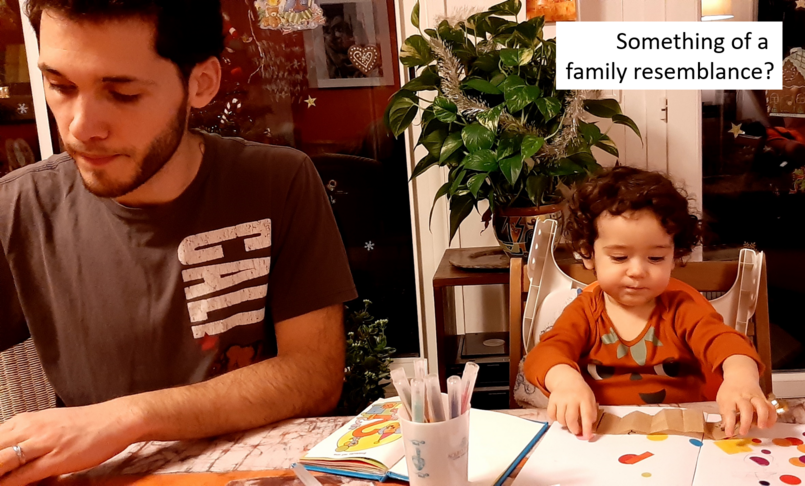Curating your professional network

As a young researcher, you are often told that “it’s important to network,” that you should know a lot of people, and that they should know you. I agree, it’s important. But this post is not about building up your network.
It’s about getting people to remember you.
TL;DR
Shortly after the New Year, I send a short email with some professional and personal updates (about half-half), with a picture of a fond memory from the year.
Everyone has a network
We all know people. We have supervisors, collaborators, colleagues; people we work with. That’s your professional network. But people move on, they graduate, they work on new projects. Sadly, without regular contact, we will forget one another. Nothing personal there, that’s just life. Our brain has a limited storage capacity. But to curate your network, it’s useful (and nice) to stay in contact. Here is how I go about it.
Keep in touch
It’s really simple, actually. Just keep in touch.
Shortly after the New Year, I send a short email with some professional and personal updates (about half-half), with a picture of a fond memory from the year. You can do without a picture too, but I like it, as it makes the entire message much more personal. But maybe that’s just me…
Some people never reply, but that does not matter. It’s not about keeping score. What matters is that, every year, some people do reply, and they are (genuinely, I hope) happy that I thought about them, and to know how I am doing. And every year, this results in a longer conversation with a few people; a conversation that we would otherwise never have had without my initial email.
My process
Concretely, here is what I do.
- I have a list of people to whom I write such emails. I only keep on that list people that I would genuinely be happy to meet and have a chat with tomorrow if they were in town.
- Early January, I take out my list and think of people I used to work with and no longer interact with regularly. If they match the previous criteria, I add them in.
- I draft the email, and sent it to each person on my list, one by one. If I think about anything special about the person I’m writing to (e.g., an expected graduation, a child borne recently, etc), I write a few extra words extra for that person.
- Then, I enjoy reading the replies that drop in over the next week, and I reply to most of them.
Another trick. I also send these updates to the Master students I supervised. But as the numbers grow quickly, and students email addresses are volatile, I created a (private) group on LinkedIn, to which I invite my students after their project is completed. It’s voluntary; some join, some don’t. Then, I simply post my update message to the group and that’s that. It works fairly well for me.
Maybe some people I’m writing to find it annoying. Maybe they find it presumptuous. Maybe they don’t care how I’m doing. But if that is so, then I don’t really care about those people to remember me anyway… So, I don’t think there is much to lose anyway
Summing it up
In my experience, most people are happy to be thought about. Let them know you think about them, and take that opportunity to tell them how you are doing.
I find it to be a simple but effective way to curate my professional network.
